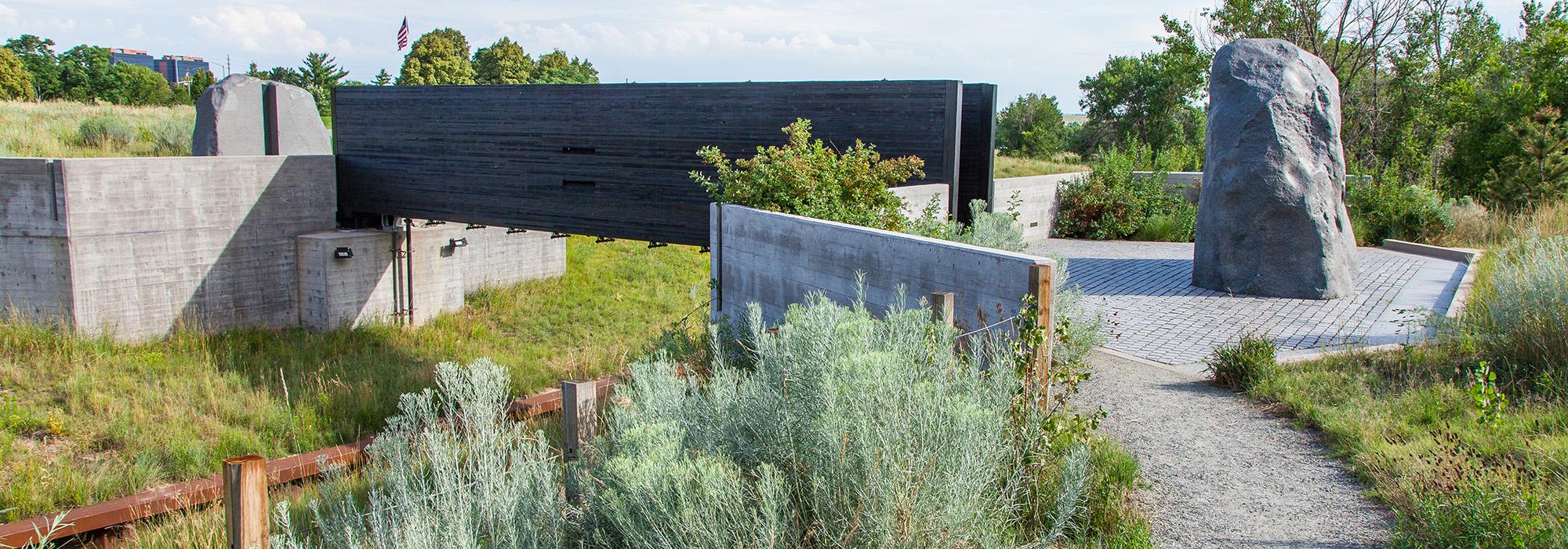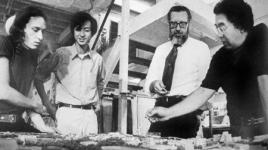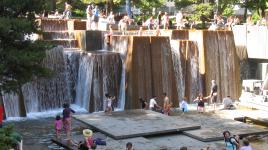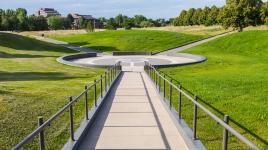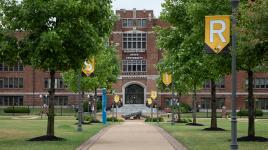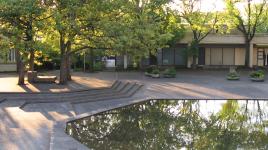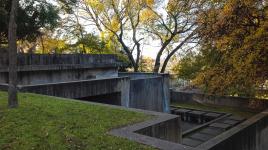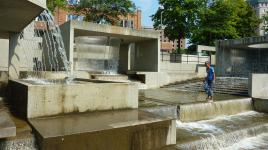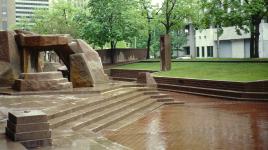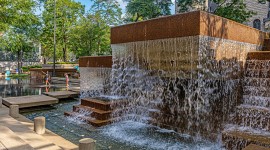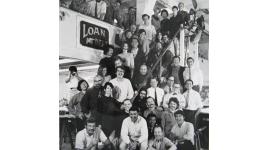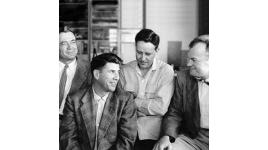Pioneer Information
Raised in California, Nishita was relocated to a Japanese internment camp in Arizona during World War II. He enlisted in the military after his release, serving at Camp Beale. Discharged in 1947, he studied landscape architecture at University of California Berkeley. There he was influenced by the teachings of Leland Vaughn and Robert Burton Litton, Jr., who helped nurture his zeal for drawing and encouraged Nishita’s growing concern for the environment.
As a student, Nishita worked for Ariaki Inouye and the firm Eckbo, Royston & Williams. Graduating in 1951, he joined Lawrence Halprin & Associates, alongside classmates Jean Walton, Don Carter and Richard Vignolo. He spent summer vacations in the Sierra Nevada, further developing his talent for sketching, a skill which helped him formulate and refine his designs. In 1984, a number of his sketches were published in Visual Notes for Architects and Designers.
Nishita became a principal in Halprin’s firm in 1964. His projects as lead landscape architect included: Nicolett Mall, Minneapolis; Portland Open Space Sequence; Skyline Park, Denver; and University of California Davis. He was lead designer for Riverbank Park in Flint, MI, a project which was completed by CHNMB Associates, the firm created by Nishita, Don Carter, William Hull and Byron McCulley after the closure of Halprin’s office in 1976. In 1985, Nishita and Carter formed Nishita & Carter, Inc. Nishita retired from practice in the 1990s due to health concerns, his career marked by his broad body of work and mentorship of a younger generation of practitioners.



